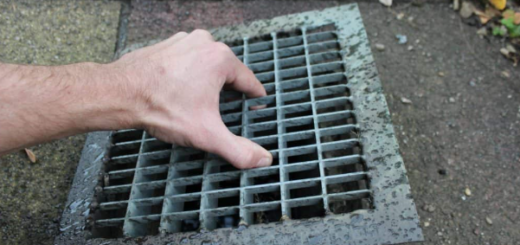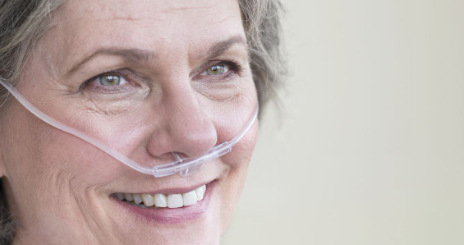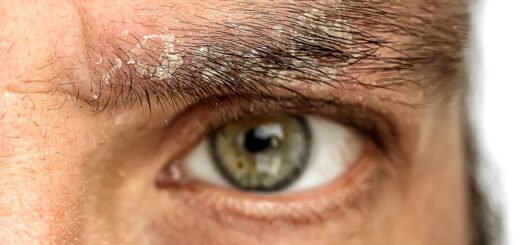When Should Sleep-Disordered Breathing Be Treated?
There are many different types of sleep-related breathing disorders, each of which affects your health differently. Fortunately, they are treatable with the right treatment and are generally not life-threatening.
The most common sleep-disordered breathing disorder is obstructive sleep apnea. It causes breathing to stop repeatedly while you sleep, resulting in broken and restless sleep. It also causes low blood oxygen levels (hypoxemia).
Symptoms
Sleep-disordered breathing is a common disorder that can lead to broken sleep, high blood pressure, heart disease, stroke, and even death. It can also cause problems with your bedroom, including sleepiness during the day, lack of concentration, and other symptoms that impact your performance at work, at home, and in personal relationships.
The most serious type of breathing disorder is obstructive sleep apnea (OSA). People with OSA experience repeated pauses or obstruction in their throat during sleep, stopping them from breathing completely hundreds of times a night.
Other breathing disorders may be harder to identify, especially in children. Some of these include snoring, which usually begins in childhood and increases with age.
Another common breathing disorder is central sleep apnea (CSA). Symptoms of CSA include an increased number of pauses or reductions in normal breathing during sleep. These pauses may be sporadic or cyclical in pattern.
Diagnosis
A sleep-disordered breathing Los Angeles, CA, doctor or a sleep specialist can diagnose this disorder. The process depends on your symptoms and can include a medical history, physical examination and tests.
Obstructive sleep apnea (OSA) is the most frequent type of sleep disordered breathing. During sleep, the throat narrows or relaxes and clogs the airway, producing breathing disruptions.
Another form of sleep-disordered breathing is central sleep apnea, which occurs when the brain fails to drive the body to breathe during sleep. This leads to low oxygen levels in the blood and can cause problems such as fatigue, memory loss, depression, and other health conditions.
When a child snores loudly, frequently gasps for breath in bed or unexplained bedwetting, and exhibits behavioral changes, they may have sleep disordered breathing. The symptoms may include moodiness and irritability, inattention, poor school performance, and disruptive behavior at home.
Treatment
Sleep-disordered breathing can be treated to improve sleep, reduce or eliminate symptoms, and bring oxygen levels back to normal. Treatment is usually based on the type of apnea diagnosed, its severity, and any other underlying health conditions contributing to the breathing problems.
Obstructive sleep apnea (OSA) is one of the most severe types of SDB and occurs when a person’s airway collapses while sleeping. This causes pauses in breathing, or apneas, that can last up to 10 seconds.
Central sleep apnea (CSA) is less common and can be caused by problems with the brain’s ability to control your breathing. Mixed sleep apnea is another form of SDB that occurs when both types of apnea are present.
Treatment for SDB may include lifestyle changes, such as weight loss, quitting smoking, and reducing alcohol consumption. It also involves using positive airway pressure therapy or supplemental oxygen to keep the airway open while you’re sleeping.
Prevention
If you have obstructive sleep apnea, it’s important to get diagnosed and treated as soon as possible. This will help prevent health complications, including high blood pressure, memory problems, impotence, and drowsy driving.
Obstructive sleep apnea occurs when the throat tissue blocks your breathing passage, preventing you from breathing properly. Central sleep apnea, on the other hand, happens when your brain doesn’t send signals to your lungs to breathe properly.
Generally, the best way to diagnose sleep-disordered breathing is with a polysomnogram or PSG test. This is an objective test that monitors brain waves, muscle tension, eye movement, and breathing.
Children are at a higher risk for sleep-disordered breathing because their airways are narrower due to physical causes such as enlarged tonsils and adenoids. They are also at increased risk if they’re overweight or have abnormalities involving the lower jaw, tongue, or neuromuscular deficits like cerebral palsy. They may also have bed-wetting, asthma exacerbations, and learning and academic performance issues.














